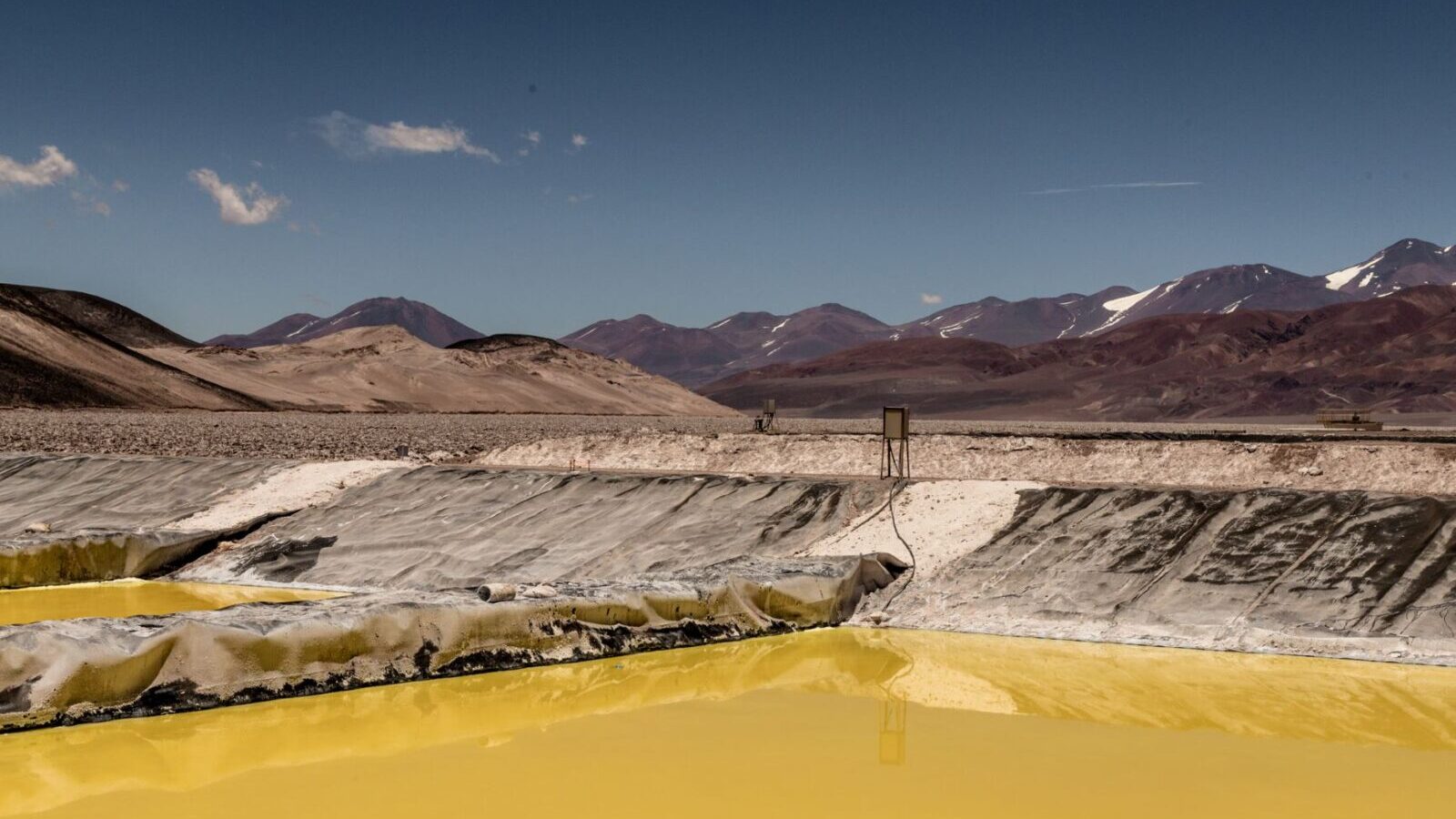There’s been a boom in investment in minerals like lithium, cobalt and nickel – which will be necessary for the energy transition
Supply of minerals critical to the energy transition could move close to levels needed to support climate pledges by 2030 after a surge in investment, the International Energy Agency said on Tuesday – provided all projects go as planned.
Consultants and analysts have warned of looming shortages due to surging demand for key minerals like lithium and cobalt used in electric vehicles, wind turbines and other clean energy technologies.
But after investment in critical minerals production jumped 30% last year to $41 billion, having gained 20% in 2021, that picture is looking brighter, the IEA said.
In key battery mineral lithium, the IEA forecasts supply by 2030 will reach 420,000 metric tons – only a touch short of demand estimated at 443,000 to meet government pledges, though well below the 702,000 required for net zero.
The size of the market for critical minerals for EVs, wind, solar & other clean technologies hit $320 billion in 2022 & is growing rapidly
Investment in mineral development is surging too, up 60% in last 2 years, showing how fast clean energy is moving ➡️ https://t.co/2Daf1Y0qp0 pic.twitter.com/m2aqldrBH0
— Fatih Birol (@fbirol) July 11, 2023
“We are happy that for a change we can give some good news,” IEA Executive Director Fatih Birol told Reuters in an interview.
“This is testimony that the markets are buying in to the fact that the clean energy transition is moving very fast.”
Critical mineral start-up firms raised a record $1.6 billion in 2022, up 160% from the previous year, the IEA said.
Demand for critical minerals has surged over the past five years, including a tripling in consumption of lithium and a jump of 70% for cobalt, with the total critical mineral market now worth $320 billion, it said.
While the supply picture is improving, the Paris-based energy watchdog warned that delays and cost overruns for projects posed a risk to the upbeat scenario.
More work is also needed to diversify from key nations that have tight control on output of many minerals, such as China, Indonesia and Congo,
Read More

